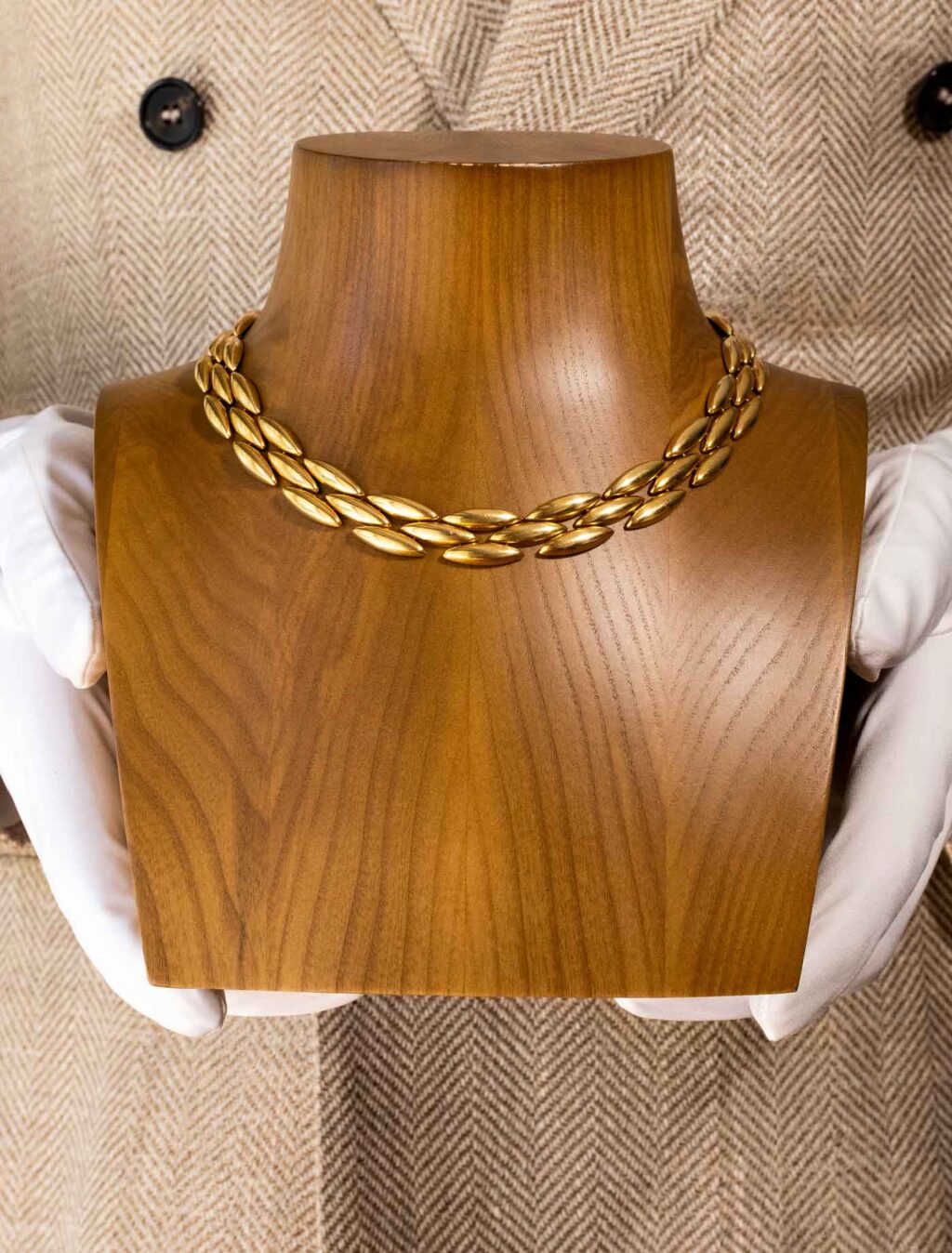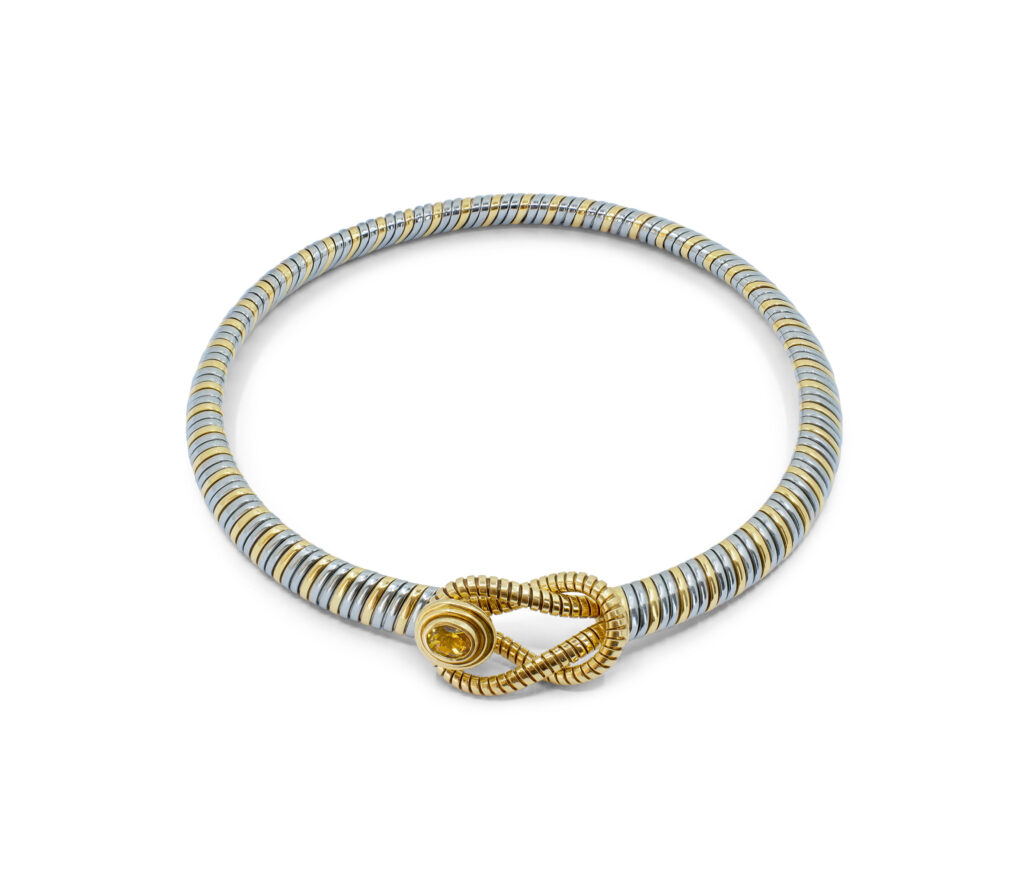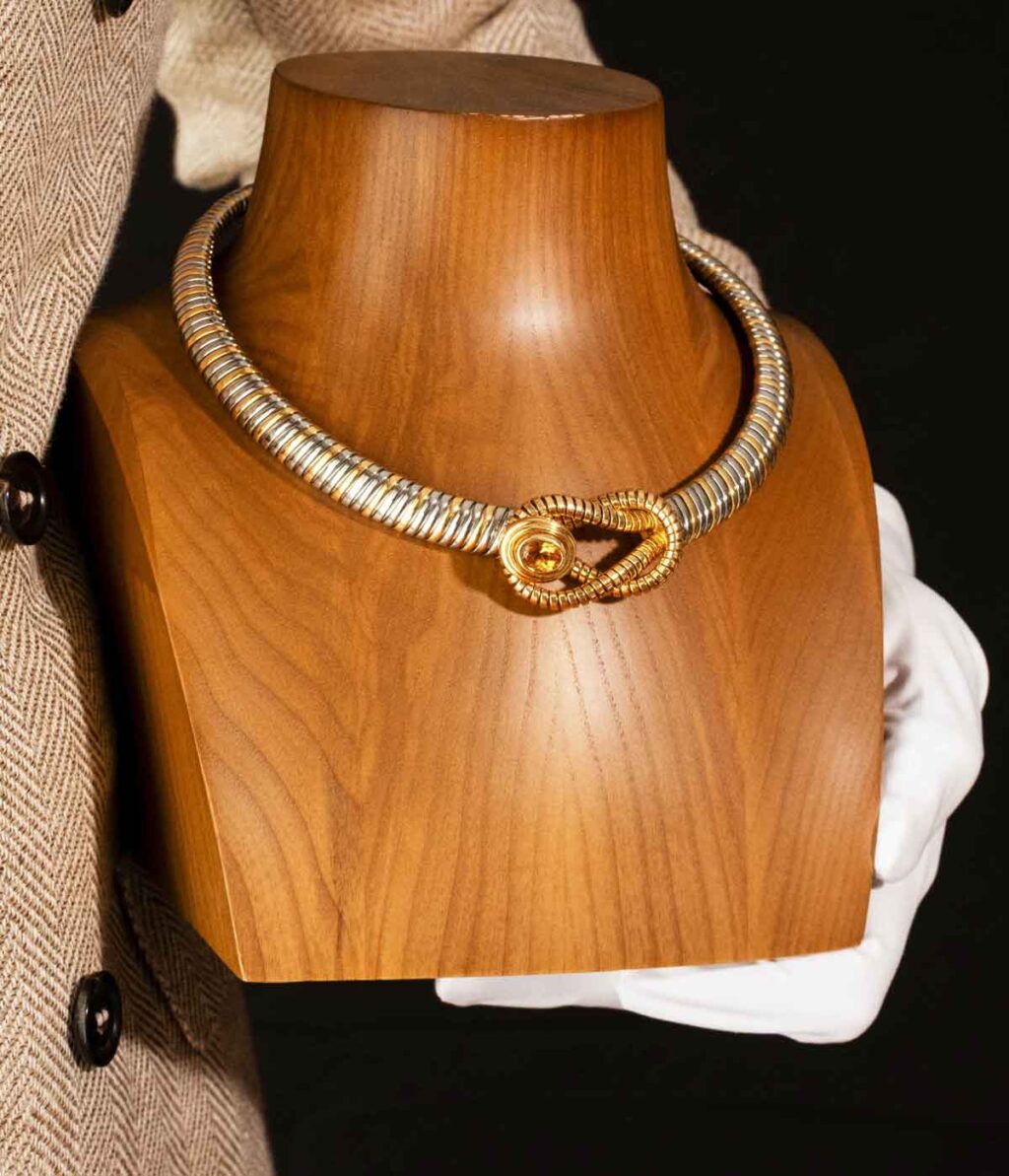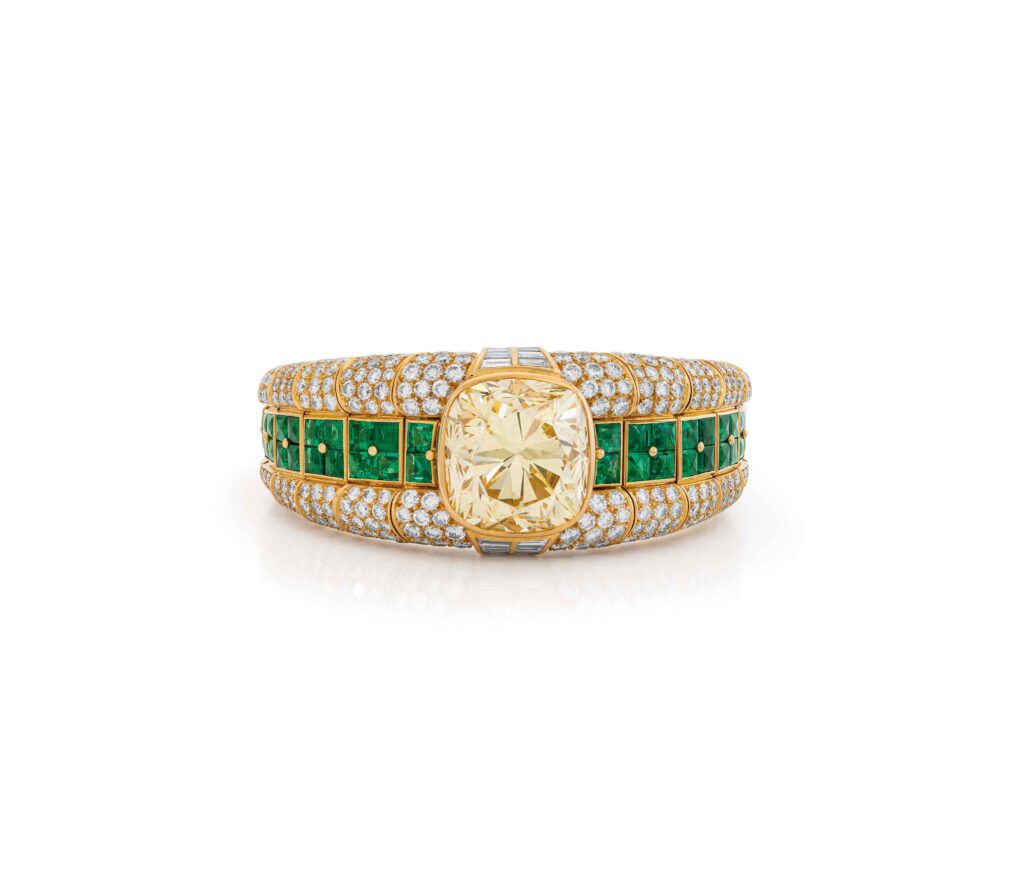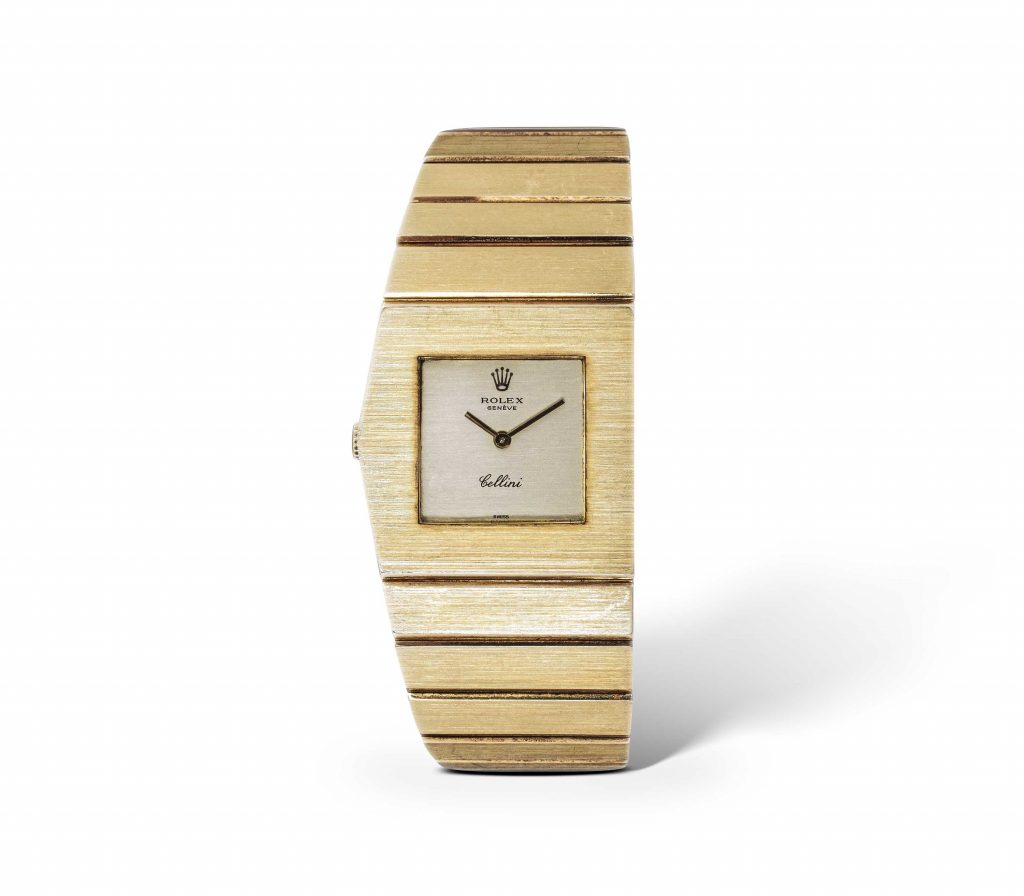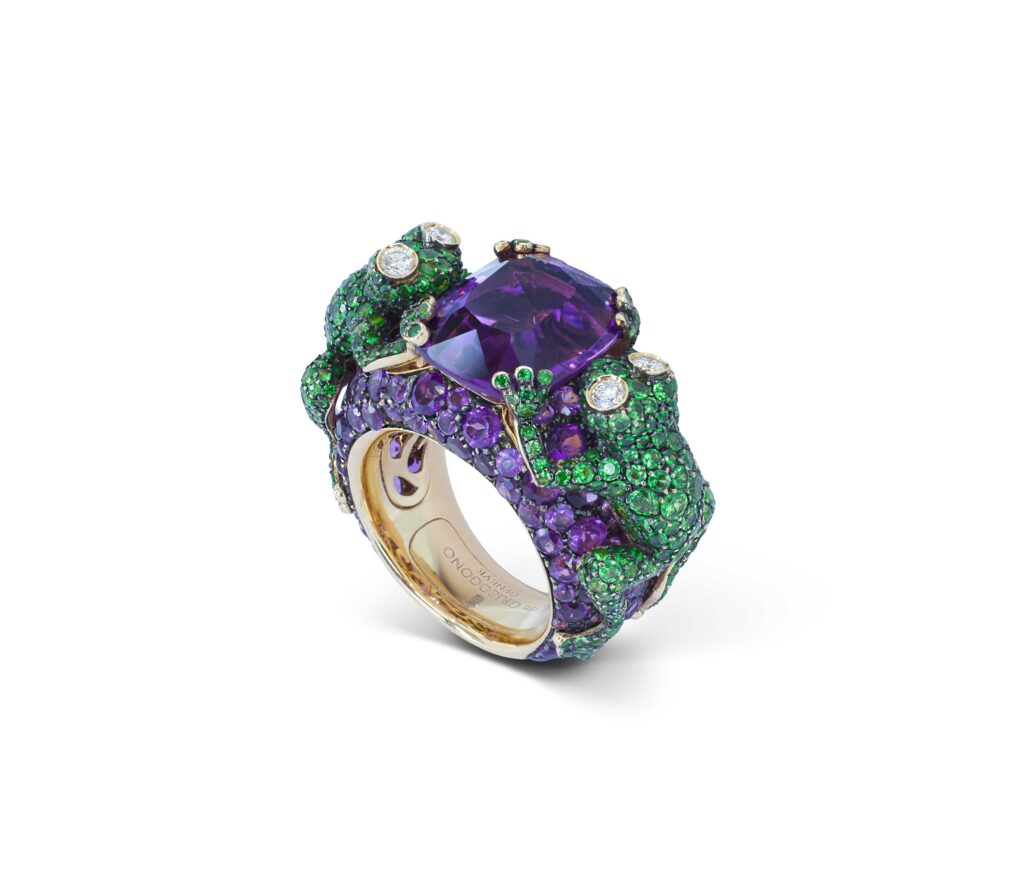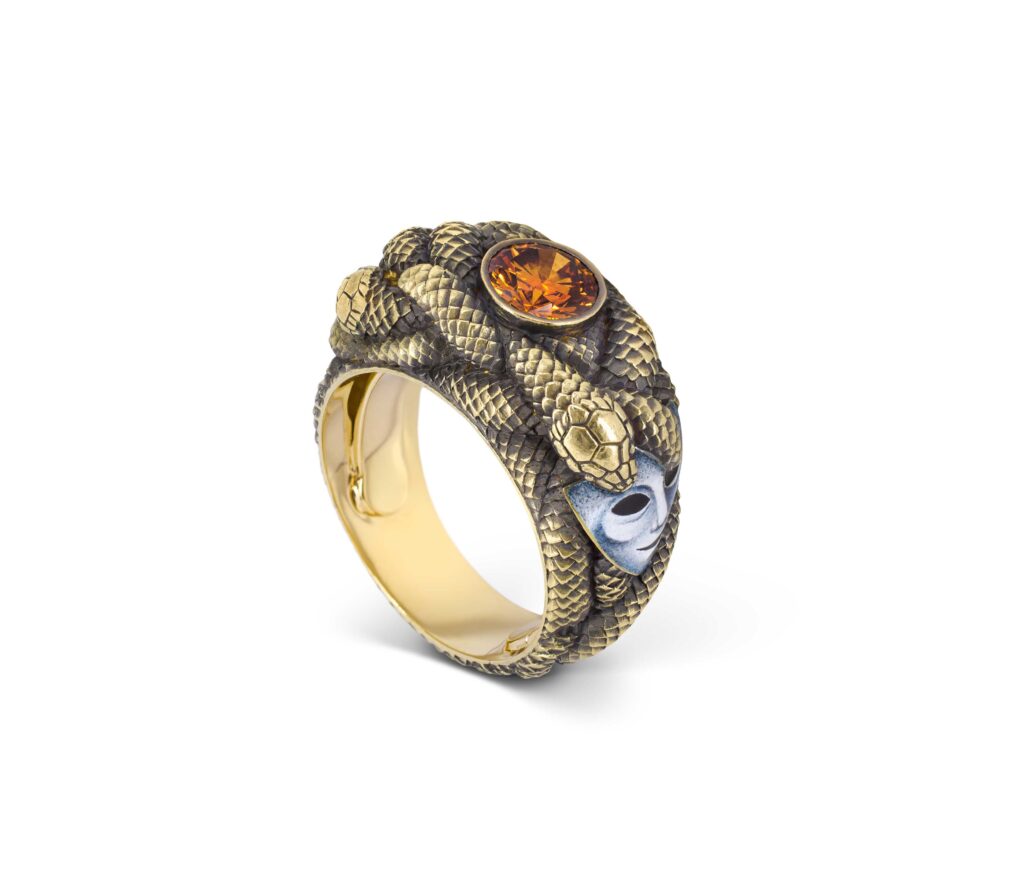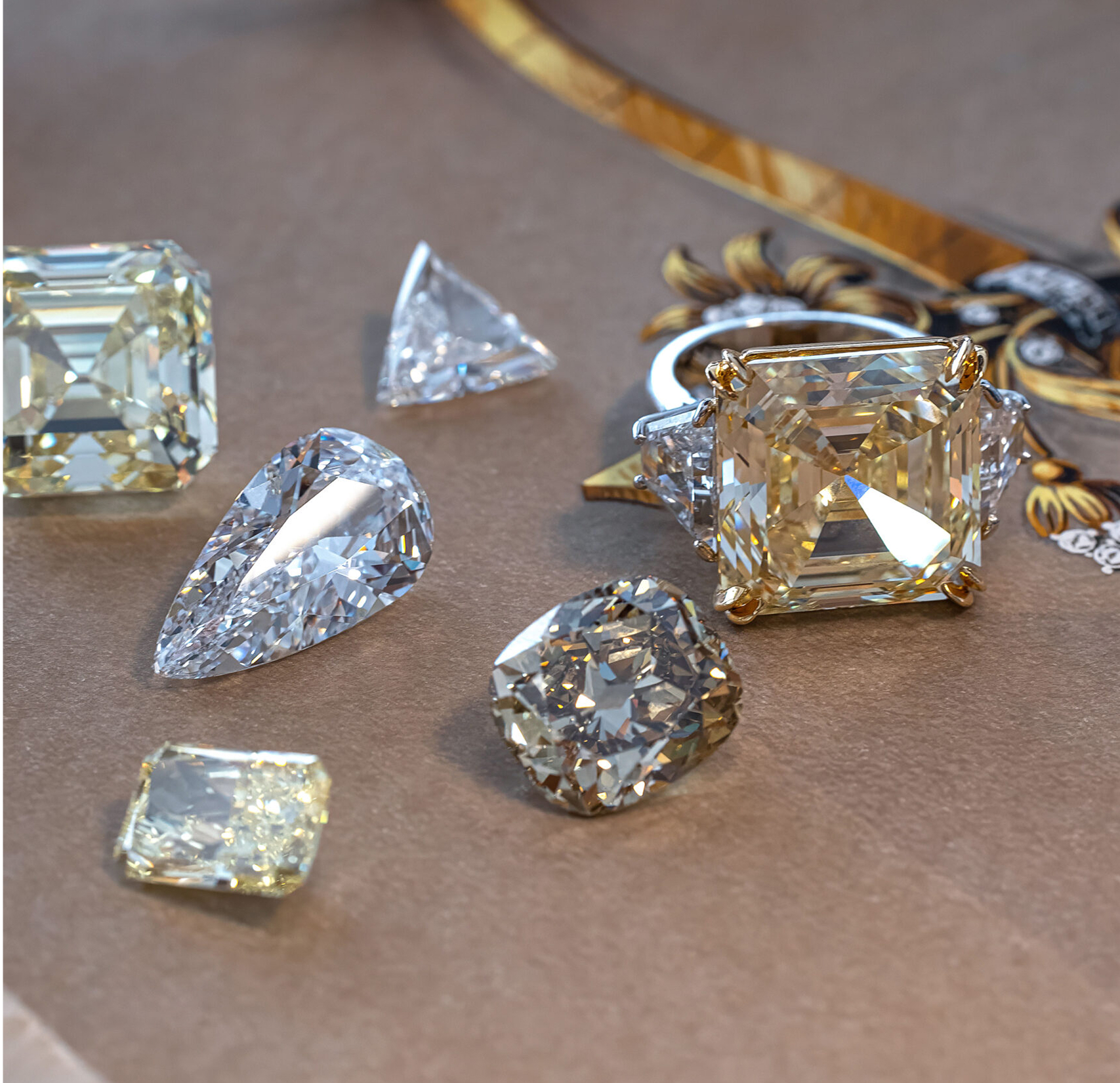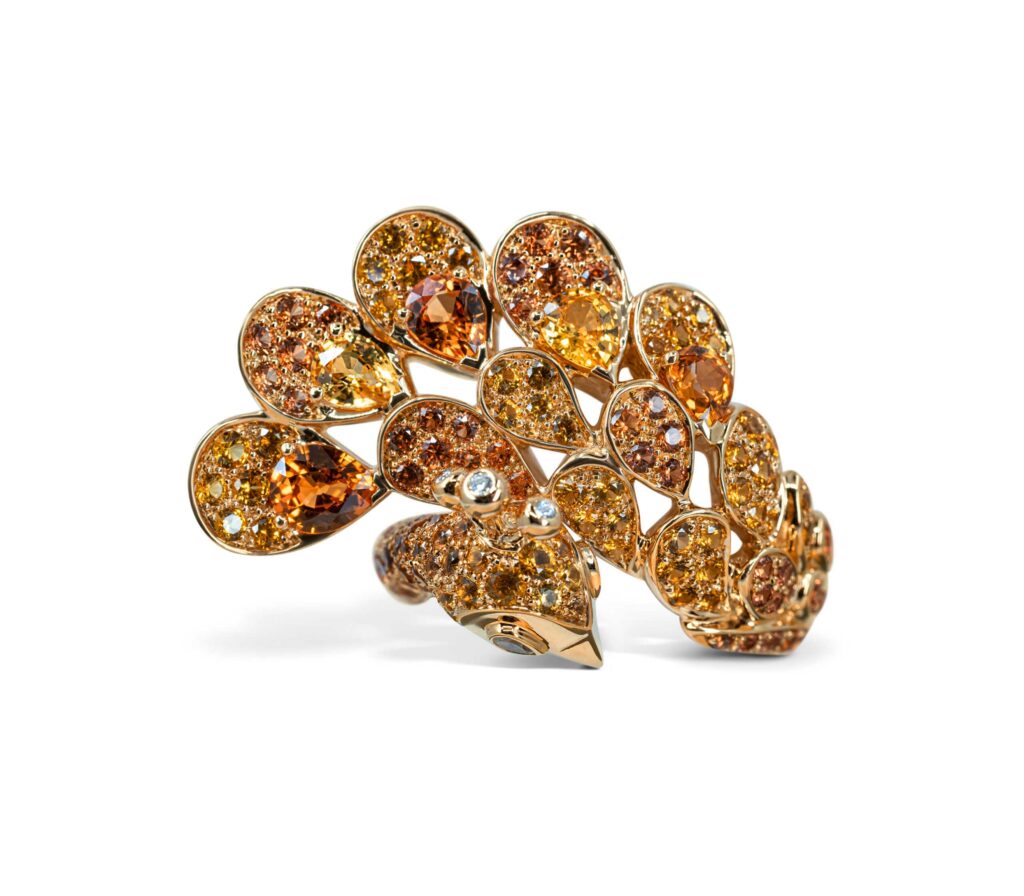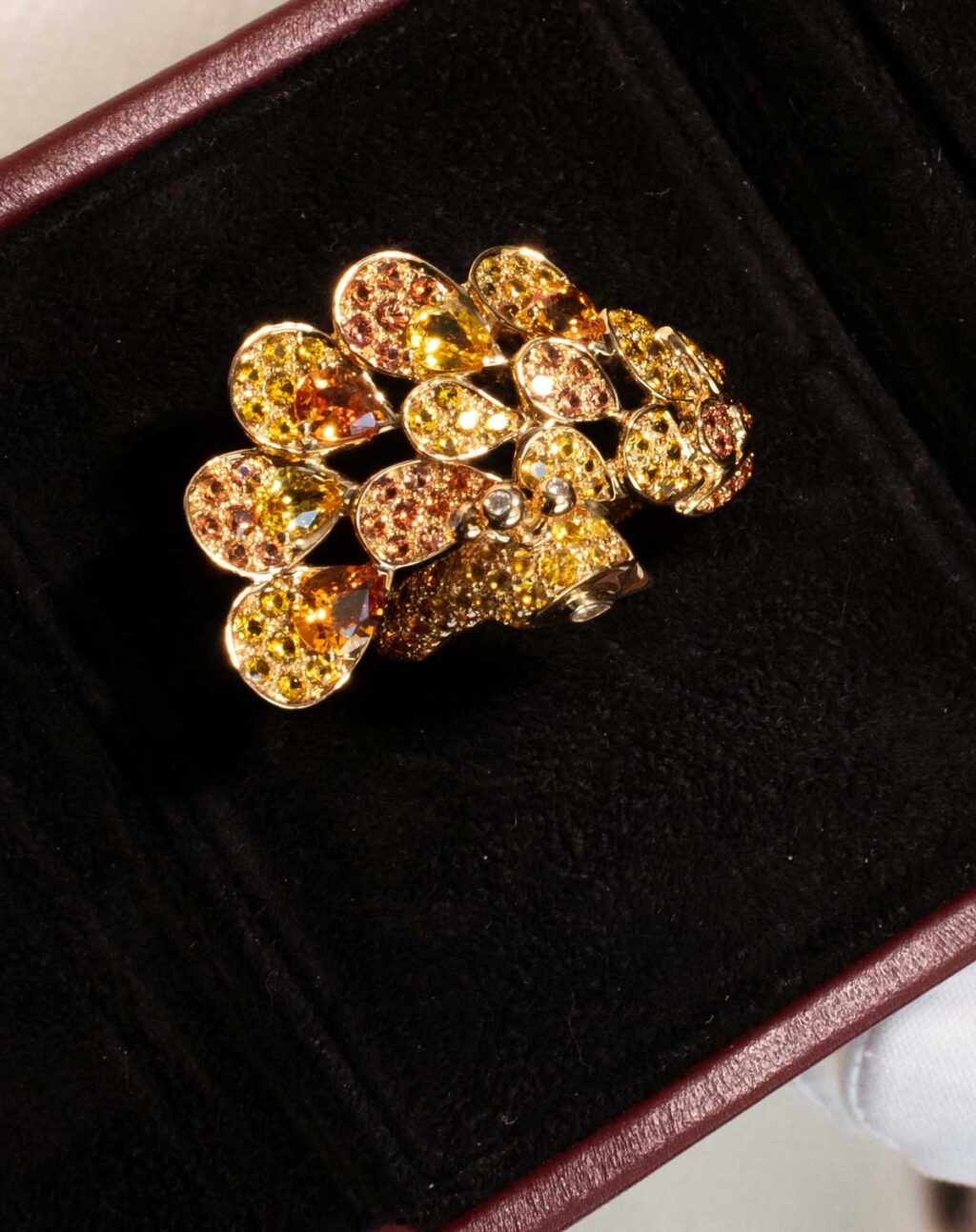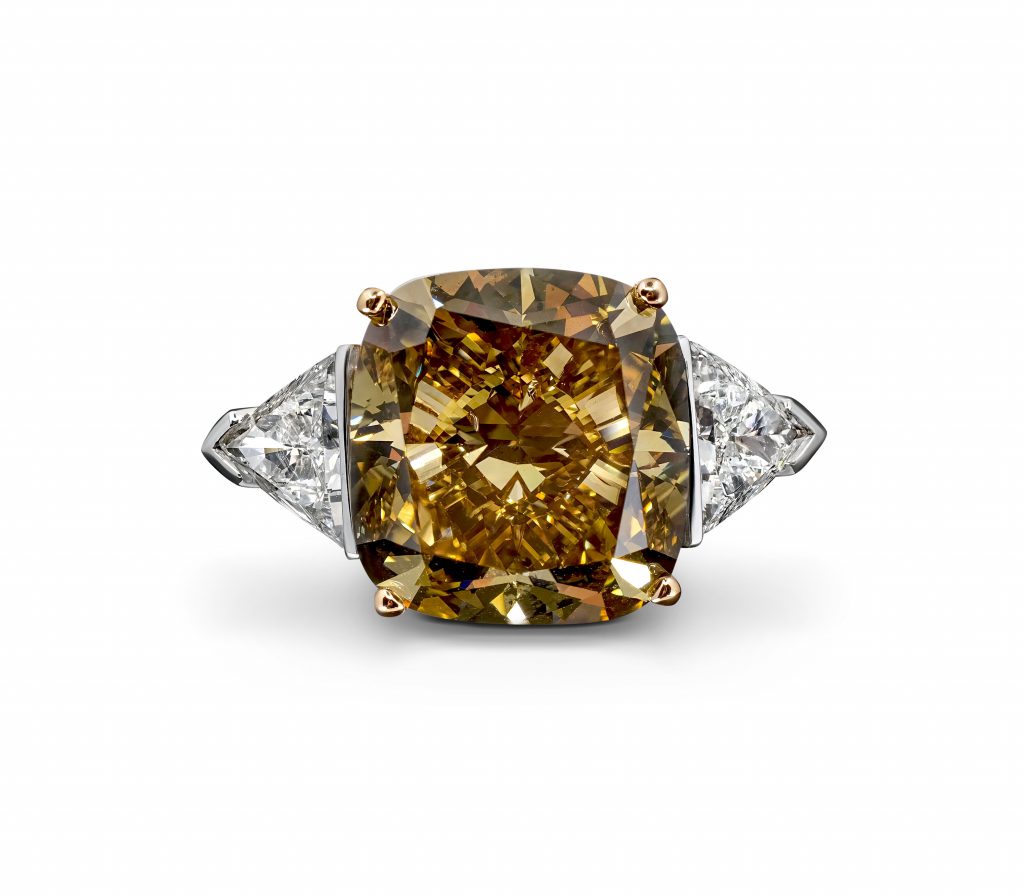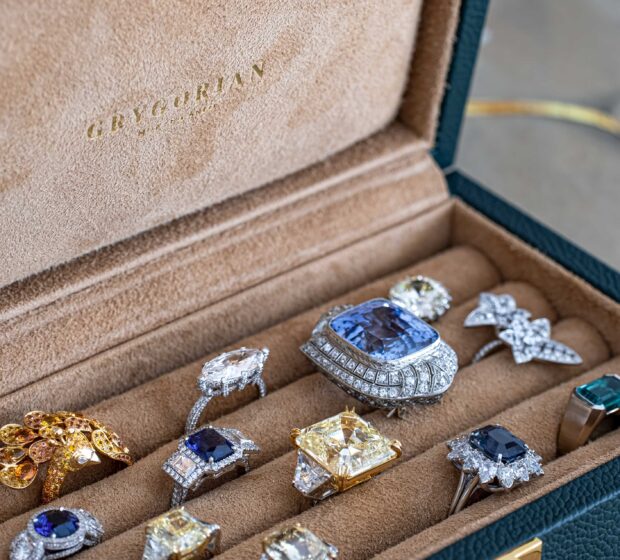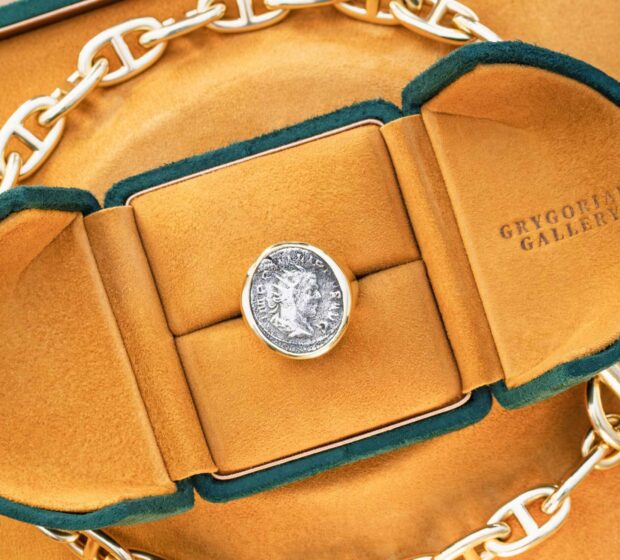In the realm of jewelry, a cut is far more than a technical process. It is an art form where the craftsman does not merely create beauty, but reveals it. The cut transforms a natural mineral into a masterpiece, giving it character and depth of brilliance.
Diamonds come in many shapes, each carrying its own unique symbolism. The strict geometry of the emerald cut, with its straight lines and smooth corners, evokes refined elegance. The round brilliant dazzles with flawless symmetry and optimal light reflection, maximizing the stone’s natural fire. The theatrical elongation of the marquise cut gives a sense of grandeur and grace. The heart cut embodies romance and adds a sentimental dimension.
Among these expressive forms, the cushion cut holds a special place. A blend of vintage sensuality and modern precision, this shape combines soft contours with luminous depth. Evocative of antique heirlooms and contemporary refinement, it remains the choice of royalty, celebrities, and discerning collectors.
From the First Diamonds to European Jewels
The history of diamond cutting dates back centuries, when uncut stones were polished only to enhance their natural shine. In ancient India, diamonds were revered in their raw form, but the true art of cutting emerged later. In the 15th century, jewelers in Burgundy and Venice began developing techniques not just to enhance appearance, but to unlock the inner light of the stone.
From the 17th to 18th centuries, European craftsmanship flourished, inspired by Baroque art, architecture, and philosophy. Diamonds were cut to reflect not just light, but emotion and depth—each facet capturing a mystical glow, bridging the physical and the spiritual.

It was during this time that the diamond became more than a gem—it became a symbol where science, intuition, and poetry converged. Cutting was no longer just a skill, but a quest for harmony and beauty that expressed both external brilliance and inner soul.
As time progressed, innovations continued to shape diamond cutting, blending old-world artistry with modern techniques. From this evolution emerged the cushion cut—a form that embodies the best of both tradition and innovation.
Cushion Cut: Where Classic Meets Sensual
Named for its pillow-like, rounded corners, the cushion cut dates back to the 18th century, evolving from the old mine cut—so named for its origins in Brazilian and Indian mines. With thick facets, a high crown, and a small table, it created a soft glow ideal for candlelight.

Over time, refinements brought symmetry and optical balance, giving birth to the modern cushion cut. Its hallmark is the harmonious blend of large facets and rounded geometry, making it perfect for deeply colored and exceptionally clear diamonds.
Unlike the cold, blinding brilliance of a round cut, the cushion cut offers a softer, more intimate glow—like candlelight in a vintage setting. It enhances subtle color nuances, especially in fancy color diamonds: pink, blue, yellow, orange. This is why designers, collectors, and royal jewelers value it so highly—each cushion-cut diamond becomes a singular, character-rich creation.
Round vs. Cushion: Which Is Truly the Most Expensive?
The round brilliant has long been the market’s gold standard. Its mathematical precision and dazzling symmetry offer maximum brilliance. It’s versatile, timeless, and dominates in both classic and modern designs.
Per carat, the round brilliant remains the most expensive due to high material loss during cutting—up to 50–60% of the original crystal. It’s also the most liquid in resale value, making it a safe investment.
Yet when we look at history’s record-breaking diamonds—those sold at auction for tens of millions of dollars—the picture shifts.
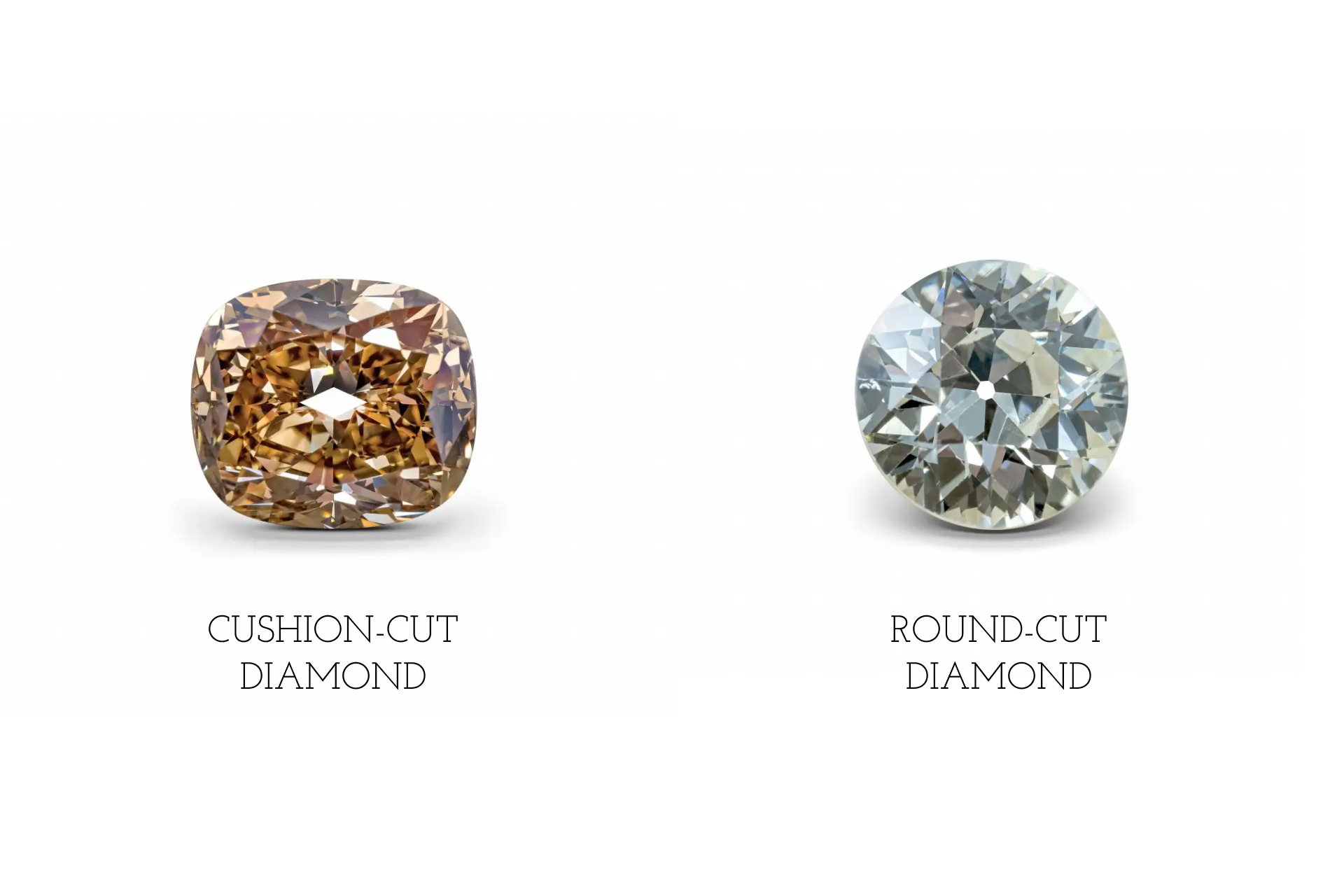
The cushion cut reigns supreme among the most expensive diamonds ever sold. Its soft edges and vintage glow complement saturated colors, making it ideal for rare fancy diamonds. Unlike the mirror-like return of light in a round cut, a cushion cut creates a softer, inner light—more like a glow than a sparkle.
It also retains more of the original crystal—up to 80%—which is critical for rare stones. It’s no surprise that the world’s most valuable diamonds are almost always cushion-cut.
So while the round brilliant dominates the mainstream, the cushion cut is the most expensive in absolute terms, chosen for its uniqueness, historical appeal, and depth of character.
What Makes the Cushion Cut So Special?
At first glance, a diamond’s value seems tied to carat weight. But in truth, the cut holds far greater influence. The cushion cut, in particular, plays a defining role in how a diamond is perceived, evaluated, and remembered.
Mass Preservation
Unlike many cuts that sacrifice a large portion of the original crystal, the cushion cut retains up to 80% of the stone’s initial mass. By contrast, oval or round brilliant cuts can result in up to 60% material loss. This conservation is crucial when working with rare diamonds—where every carat matters.
Light Play
Thanks to its unique geometry and deep pavilion, the cushion cut refracts light in intricate internal paths, emerging not in sharp flashes but in a soft, internal glow. This gentle radiance performs beautifully under all kinds of lighting—from daylight to candlelight to theatrical spotlights—enhancing the diamond’s mystique.
Rarity & Demand
Historically, the cushion cut has been the preferred choice for exceptional fancy color diamonds—such as vivid blues from the Cullinan mine, intense pinks from Argyle, or fiery oranges from South Africa. Why? Because this cut amplifies color saturation and depth more effectively than any other. Auction data supports this: the majority of the world’s most expensive colored diamonds have been cushion-cut. As the market recognizes this pattern, prices for cushion-cut diamonds remain consistently high.
Auction Dynamics & Historic Prestige
Since the late 20th century, cushion cuts have dominated the top lots at major auctions. This is not mere fashion—it’s the result of a unique balance between beauty, rarity, and mass retention. A cut that is both profitable and poetic, elegant yet versatile, will inevitably rise to the top of the collector’s world.
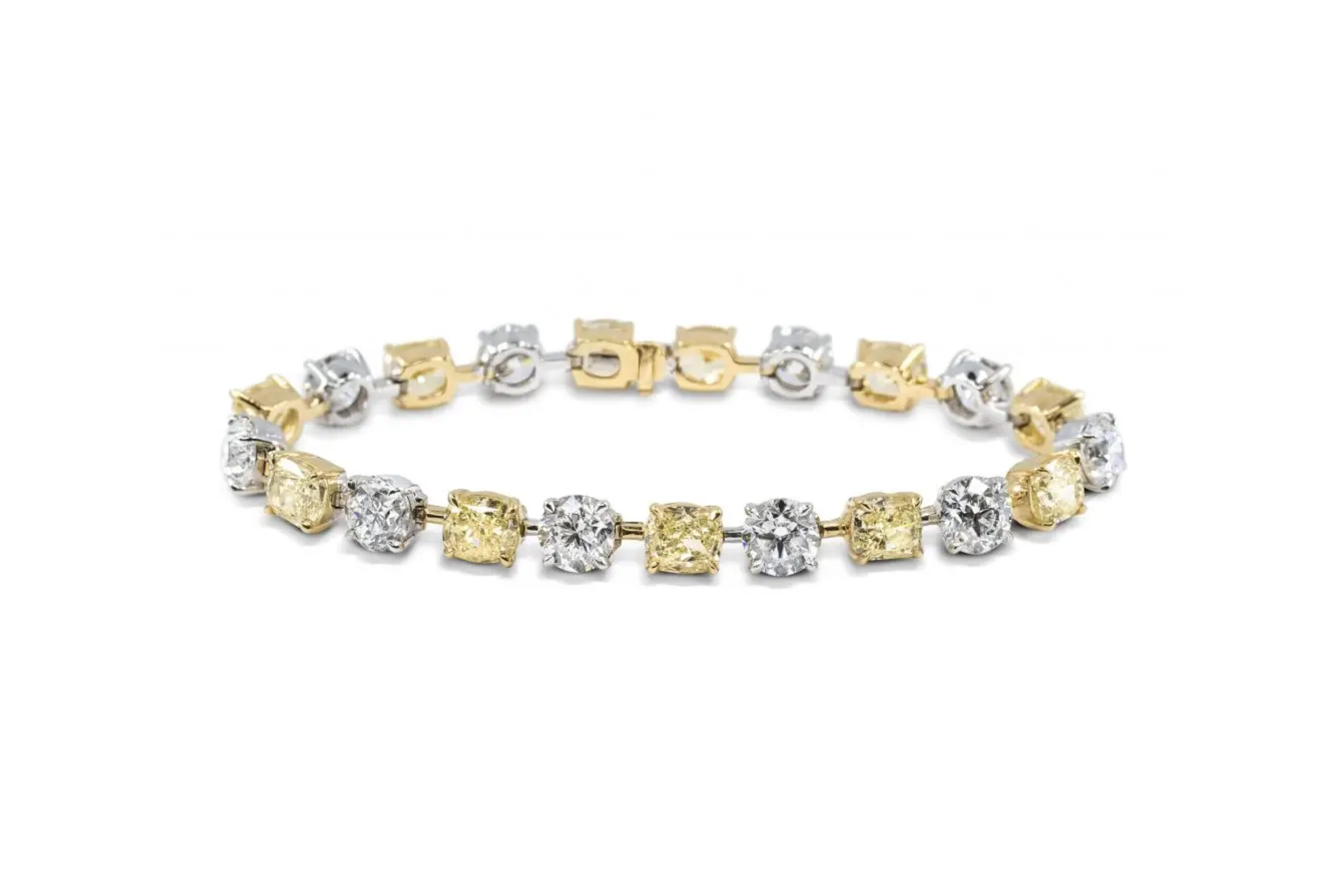
Legendary Cushion-Cut Diamonds
The Blue Moon of Josephine
This 12.03-carat Fancy Vivid Blue diamond was sold for $48.4 million at Sotheby’s. Its cushion cut gave the stone the ethereal appearance of moonlight captured in crystal. Purchased by Hong Kong billionaire Joseph Lau and gifted to his daughter, the stone’s blend of saturation, clarity, and softness is seen once in a generation. We wrote more about this gem in our article on The Great Auction Houses.
The Graff Pink
One of the most celebrated diamonds of the modern era. This 24.78-carat Fancy Intense Pink cushion-cut diamond fetched $46.2 million at Sotheby’s Geneva in 2010. At the time, it set the record for any pink diamond sold at auction—further proving that the cushion cut is the ultimate choice for rare, high-value stones.
Conclusion
The cushion cut is more than a technical result of polishing—it is an aesthetic code encrypted in light. Its curves hold the weight of centuries; its glow reveals the depth of mastery formed at the intersection of craft, science, and intuition. Each facet bears the mark of a human hand—not seeking to change nature, but to reveal it at its most sublime.
This is why the cushion cut remains the choice of those who seek not just a diamond, but a metaphor for rarity, time, and inner brilliance.


